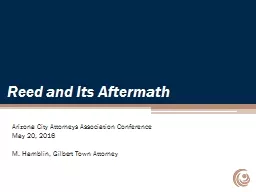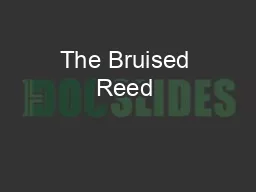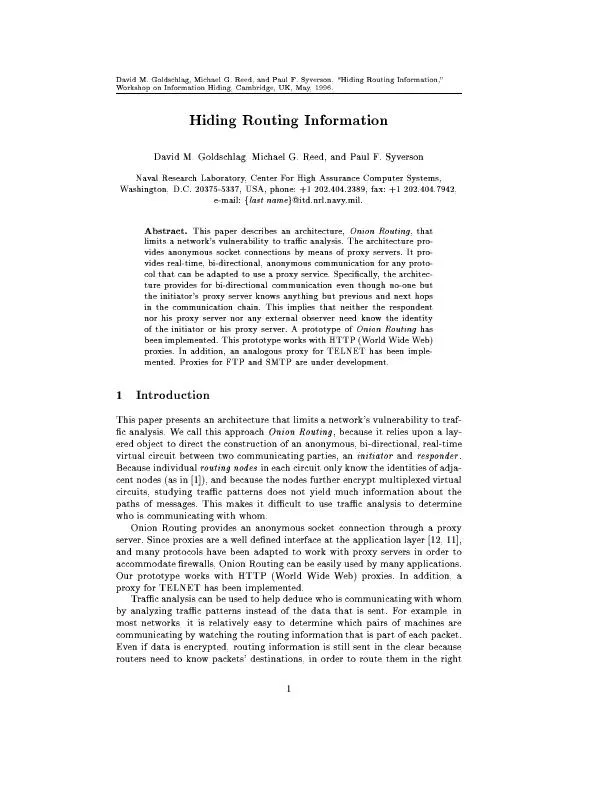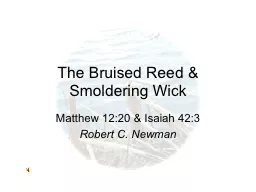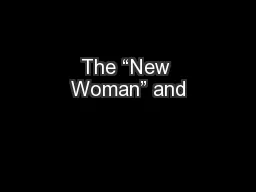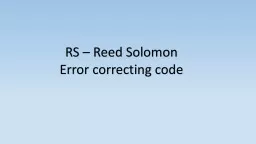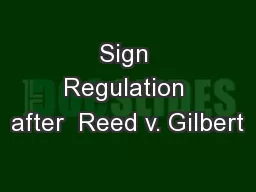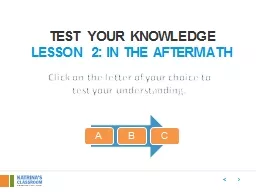PPT-Reed and Its Aftermath
Author : karlyn-bohler | Published Date : 2019-01-21
Arizona City Attorneys Association Conference May 20 2016 M Hamblin Gilbert Town Attorney Gilbert Town Code Town Code 4402P 2008 Temporary Directional Signs Relating
Presentation Embed Code
Download Presentation
Download Presentation The PPT/PDF document "Reed and Its Aftermath" is the property of its rightful owner. Permission is granted to download and print the materials on this website for personal, non-commercial use only, and to display it on your personal computer provided you do not modify the materials and that you retain all copyright notices contained in the materials. By downloading content from our website, you accept the terms of this agreement.
Reed and Its Aftermath: Transcript
Download Rules Of Document
"Reed and Its Aftermath"The content belongs to its owner. You may download and print it for personal use, without modification, and keep all copyright notices. By downloading, you agree to these terms.
Related Documents

